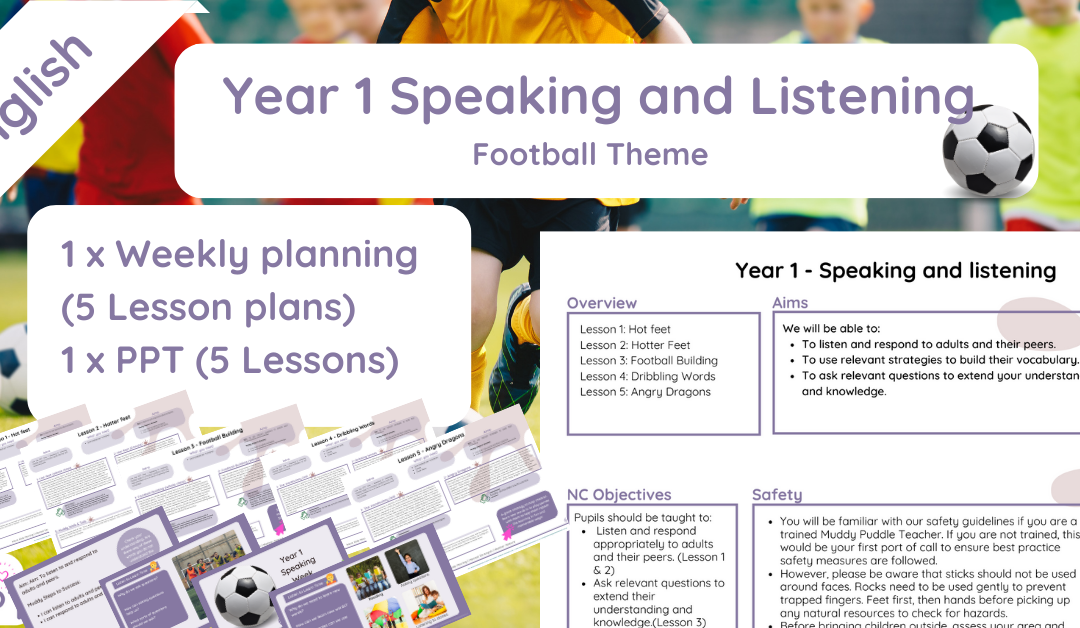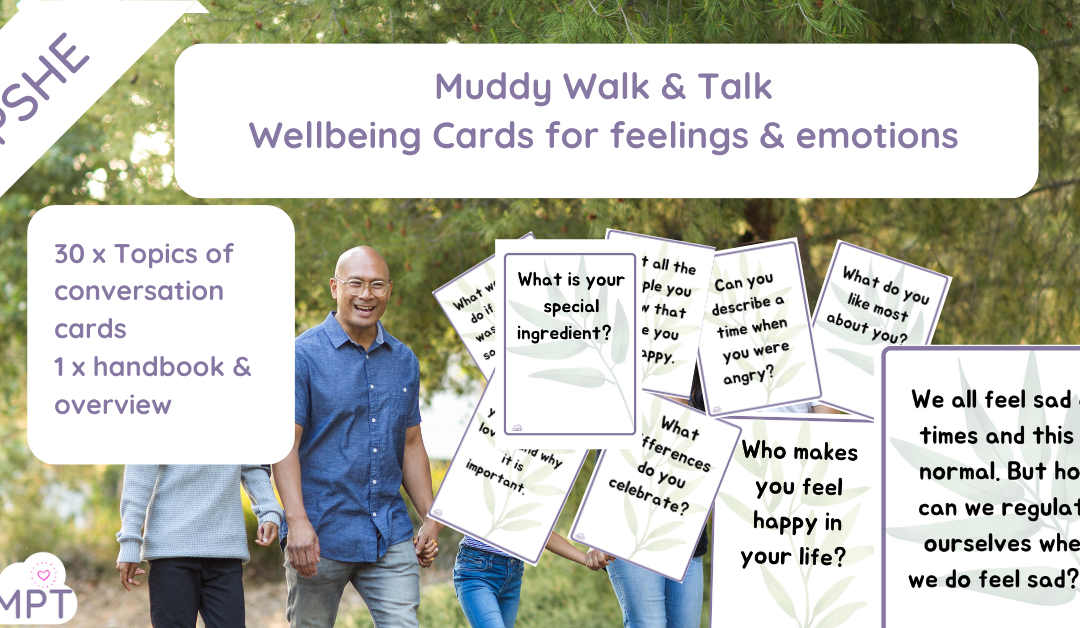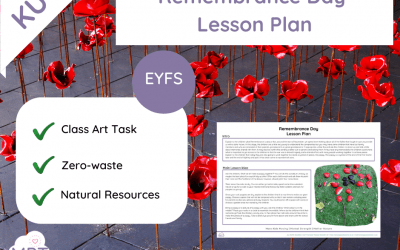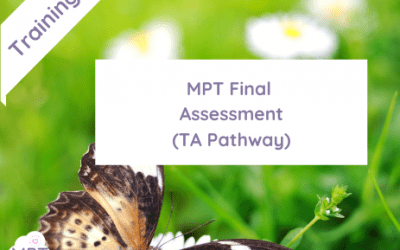The Golden Stick (Team Bonding Game)
Muddy Man Hunt (Team Bonding Game)
Nov 10, 2021
Muddy Man Hunt (Team Bonding Game)
Capture the Muddy Flag (Team Bonding Game)
Nov 10, 2021
Capture the Muddy Flag (Team Bonding Game)
Remembrance Day (Lesson Plan) Poppy Poems
Nov 9, 2021
Remembrance Day (Lesson Plan) Poppy Poems ⇒Use Remembrance Day (Lesson Plan) Poppy Poems to take your children outside...
Remembrance Day (Lesson Plan) Leafy Poppies
Nov 9, 2021
Remembrance Day (Lesson Plan) Rock Poppies ⇒Use Remembrance Day (Lesson Plan) Rock Poppies to take your children...
Remembrance Day (Lesson Plan EYFS)
Nov 9, 2021
Remembrance Day (Lesson Plan EYFS) ⇒Use Remembrance Day (Lesson Plan EYFS) to take your children outside and allow...
Craft Clay (Art Brain Break)
Nov 9, 2021
Craft Clay (Art Brain Break) ⇒Use Craft Clay (Art Brain Break) to take your children outside, get to know each other...
Crossing the Muddy River (Outdoor Team Building Game)
Nov 9, 2021
Crossing the Muddy River (Outdoor Team Building Game) ⇒Use Crossing the Muddy River (Outdoor Team Building Game) to...
Floor is Lava (Outdoor Team Building Game)
Nov 9, 2021
The Floor is Lava (Outdoor Team Building Game) ⇒Use The Floor is Lava (Outdoor Team Building Game) to take your...
Glorious Graffiti Game
Nov 9, 2021
Glorious Graffiti Game - 10-minute art brain break ⇒Use Glorious Graffiti Game to take your children outside while...
MPT Status Final Assessment (TA Pathway)
Oct 22, 2021
The Final Assessment Form for the Muddy Puddle TA Training Five Reasons Going Outdoors Helps with Children's...
MPT Status Final Assessment (Teacher Pathway)
Oct 22, 2021
To be used as the final submission for as part of the MPT Training Five Reasons Going Outdoors Helps with...
Arty Brain Breaks: Muddy Art Attack
Oct 18, 2021
Arty Brain Breaks: Muddy Art Attack Five Reasons Going Outdoors Helps with Children's Mental Health Remember,...
Arty Brain Breaks: Halloween Art Challenge
Oct 18, 2021
Arty Brain Breaks: Halloween Art Challenge Five Reasons Going Outdoors Helps with Children's Mental Health ...
Arty Brain Breaks : Muddy Mazes
Oct 18, 2021
Use our Arty Brain Breaks to take your children outside in active ways while still nurturing, embedding and...
Spellbound Spellings – Year 5/6 Spellings (Set Five)
Oct 18, 2021
Spellbound Spellings – Year 5/6 Spellings (Set Five) Five Reasons Going Outdoors Helps with Children's Mental Health ...
Spellbound Spellings – Year 5/6 Spellings (Set Four)
Oct 18, 2021
Spellbound Spellings – Year 5/6 Spellings (Set Four) Five Reasons Going Outdoors Helps with Children's Mental...
Spellbound Spellings – Year 5/6 Spellings (Set Three)
Oct 18, 2021
Spellbound Spellings – Year 5/6 Spellings (Set Three) Five Reasons Going Outdoors Helps with Children's Mental...
New In

Forest School Planning (KS1) Book Theme

Speaking & Listening (Year 1) Football Theme

Year 3: Forces & Magnets (Scheme of Work)

Light Year 3 Scheme of Work

Animals including Humans (Year 3) Schemes of Work

Year 3 Plants (Scheme of Work)

Chinese Rock Dragon

Diwali – Rangoli Patterns

Wellbeing Cards (Emotions & Feelings)




















